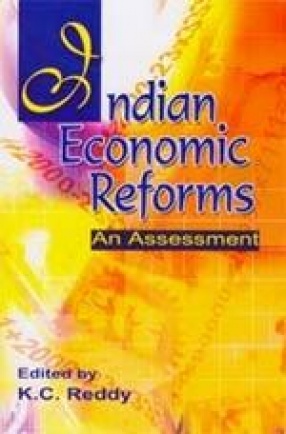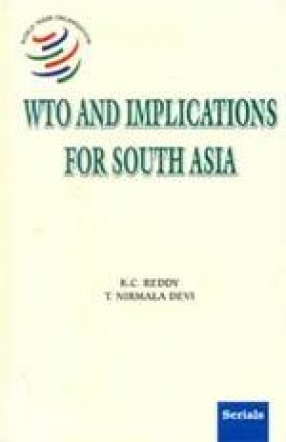South Asian region is disastrous prone, yet the magnitude of Official Development Assistance or private flows or Foreign Direct Investment made available has been quite meagre considering the need. The external shocks in the 1970s and the structural adjustment policies in the 1980s further worsened the situation making liberalisation inevitable for the SAARC countries to respond to the challenges posed by the international economic environment appropriately. The basic thrust of the package of economic reforms in the South Asian countries, introduced in a comprehensive manner during the early 1990s, has been to make trade easier through streamlining the whole set of procedures. These countries are largely homogeneous with respect to their perceptions and strategies of development in spite of their asymmetry in a number of factors. The first half of the 1990s witnessed considerable growth in most of the South Asian countries attributed largely to a paradigm shift in development strategy from closed economic policies to a market-friendly strategy. It has not sustained in the later years due partly to the poor and incomplete implementation of reform process, besides several factors like unfavourable political climate. Though these countries emulated the growth process of East and South-East Asia, it has not resulted in any remarkable transformation from the wide spread poverty to prosperity like East Asia. The present volume provides the impact of structural adjustment in SAARC countries on both growth and human development. Incidence of poverty is still quite high in the region and the countries are striving hard to pull themselves out of the clutches of under development and backwardness. The programme of structural adjustment in these countries is incomplete in the sense that the low levels of human development is both a cause and consequence of backwardness and higher incidence of poverty. Intensified cooperative effort among the countries of South Asia could provide answers to some of the unsettled concerns. It is hoped that all concerned with South Asian/SAARC countries would find the volume a useful document.
Regional Cooperation in South Asia: New Dimensions
$18.00
$20.00
In stock
Free & Quick Delivery Worldwide
All orders amounting to US$ 50 or more qualify for Free Delivery Worldwide. For orders less than US$ 50, we offer Standard Delivery at $14 per book.
ABOUT THE AUTHOR K.C. Reddy
Kalluri Chenchi Reddy (1946) is currently the Director of Centre for SAARC Studies, Andhra University and teaches economics there. His publications include India’s Engineering Exports (1982), financing of Small Scale Industries (editor, 1985), Impact of Bailadilla Iron Ore Project (co-author, 1991), The New International Economic Order (co-editor, 1991), Export Financing in India (co-author, 1991), Perspectives on Indian Development – Economy, Polity and Society (co-editor, 2000) and economic and Public Policy (editor, 2001). Dr. Reddy was a Consultant at Research and Information Systems for Non-aligned and Other Developing Countries, New Delhi during 1986-87 and was a visiting Professor at Armstrong Atlantic State University, Savannah, Georgia, USA during 1992.
ABOUT THE AUTHOR T. Nirmala Devi
T. Nirmala Devi, Professor in the Centre for SAARC Studies, Andhra University, Visakhapatnam. She has been working on South Asian studies for over two decades. She was a Baden-Wurttemberg University, Germany. Her other areas of interest are international economics, women's studies and demographic studies. Besides co-editing one book, she has published three books, authored six monographs and nearly sixty research papers on South Asia.
reviews
0 in total
Review by Anonymous
Be the first to review “Regional Cooperation in South Asia: New Dimensions” Cancel reply
You must be logged in to post a review.
Bibliographic information
Title
Regional Cooperation in South Asia: New Dimensions
Author
Edition
1st ed.
Publisher
ISBN
8173914842
Length
x+178p., Tables; References; Index; 23cm.
Subjects
more by K.C. Reddy see more
more by T. Nirmala Devi see more
South Asia and Global Financial Crisis: Issues and Challenges
Global financial crisis, the ...
$56.70
$63.00
similar bookssee more
Social Inequality in India
$48.60
$54.00
Social Capillarity and Human Fertility
$38.70
$43.00









There are no reviews yet.